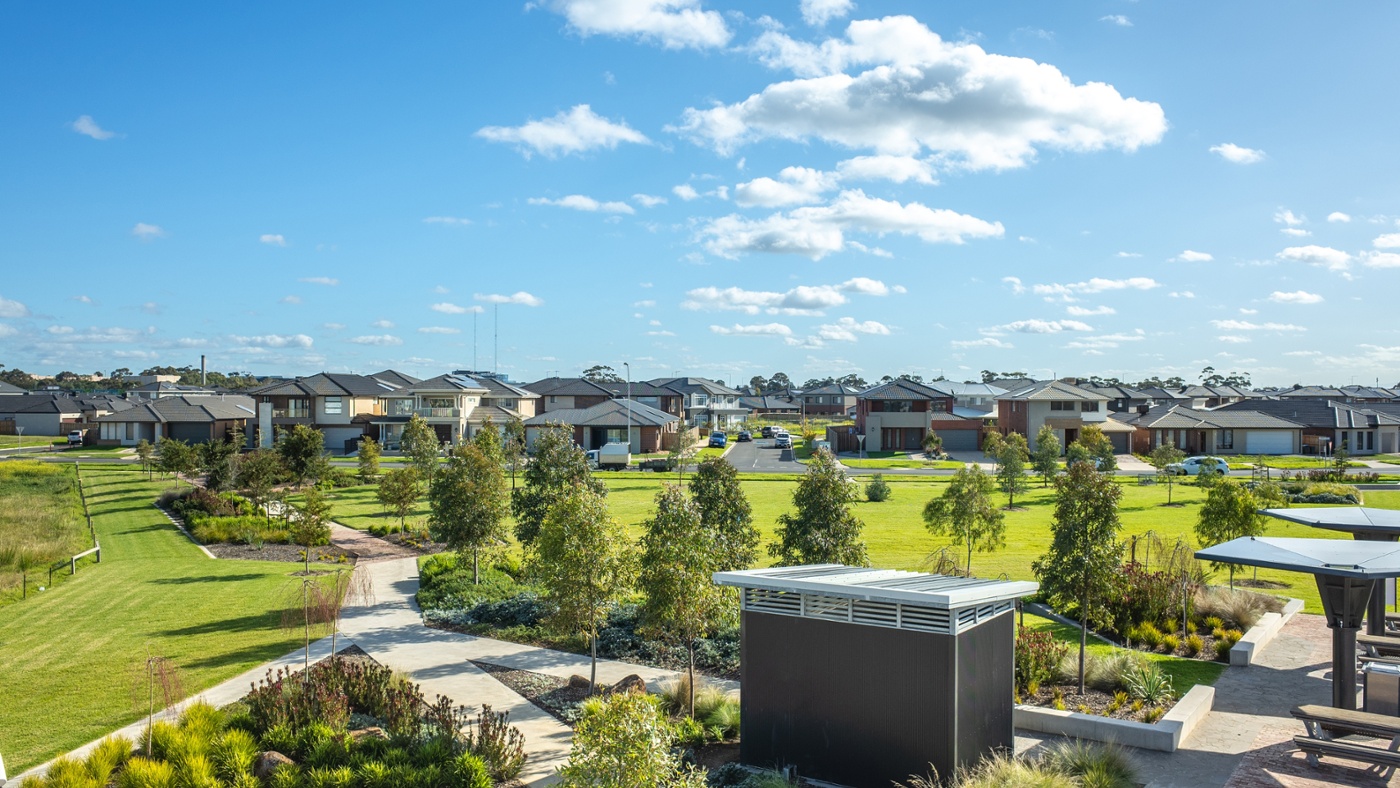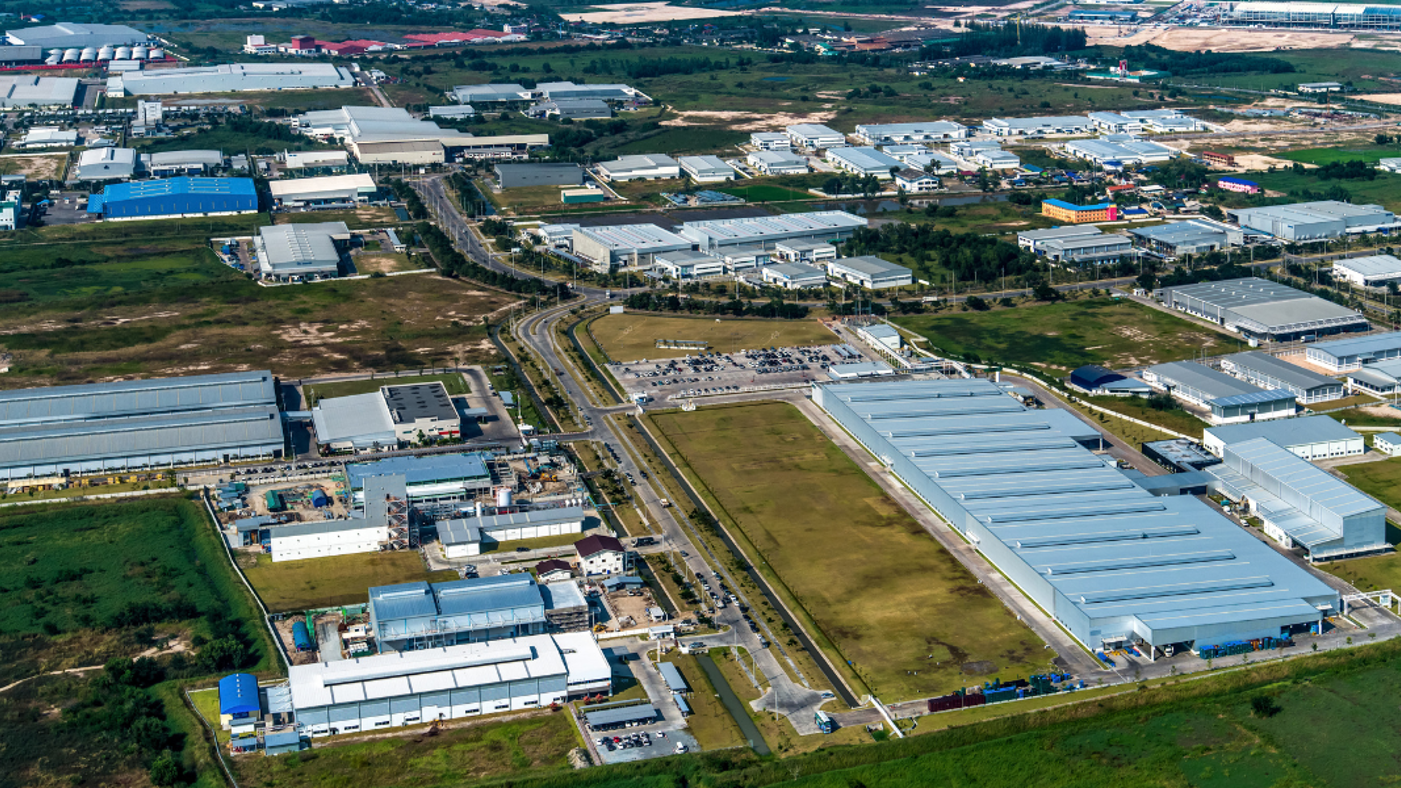Placing sustainability at the forefront of development in NSW
The NSW Department of Planning and Environment have announced their commitment to deliver sustainable development with the release of the State Environmental Planning Policy (Sustainable Buildings) 2022 (“Sustainable Buildings SEPP”).
NSW Government Architect Abbie Galvin presented to Ethos Urban an overview on the implications of the Sustainable Buildings SEPP and accompanying documentation.
Why is the reform significant?
The Sustainable Buildings SEPP will set standards for both residential and non-residential development and commence the process of measuring and reporting on the embodied emissions of construction materials. This is significant because, whilst there are standards for residential development, there are currently no development standards in the NSW planning system around operational carbon emissions, water or embodied carbon performance for non-residential development.
The new SEPP is a key step in the NSW Net Zero Plan: Stage 1, which outlines the NSW Government’s approach which aims to cut 50% of carbon emissions by 2030 compared to 2005 levels.
So, what are the changes?
Changes for non-residential buildings
The sustainability provisions for non-residential development are newly introduced and include:
- Embodied emission measurement and reporting for all developments.
- Energy standards for large commercial development with energy performance to be verified after the building is occupied and offsets purchased for residual emissions.
- Minimum water standards for large commercial development.
- Certain developments to be ‘all electric’ or capable of converting to operate without fossil fuels by 2035.
However, the following are exempt from these requirements:
- Mining.
- Residential care.
- Boarding.
- The three ports of Botany, Newcastle and Kembla.
- Land zoned rural, industrial, environmental conservation and waterways.
- Any development that is for the purposes of “infrastructure”.
The new embodied emissions reporting requirements are intended to align with the future NABERS “embodied emissions framework” which is due to be released in 2023.
Changes for residential buildings
The reform means that the BASIX SEPP will be repealed and the Sustainable Buildings SEPP will supersede it as the enforcing legislation. The key changes to BASIX requirements include:
- An increase of the thermal performance standard from an average of 5.5-6 stars to 7 stars NatHERS rating.
- An increase of between 7-11% in greenhouse gas reduction (depending on location and type of residential development proposed).
These upgraded BASIX standards are consistent and complementary to those in the proposed National Construction Code 2022.
What are the implications for future development applications?
Residential Development Applications:
- All residential developments with a Capital Investment Value of over $50,000 will need to meet the new BASIX requirements as part of the planning approvals process, except for homes in the north coast climate zone (spanning Tweed Shire to the north, Nambucca Valley to the south, and Clarence Valley to the west) and small apartment buildings of up to five storeys. For multi-unit developments that are 5 storeys or lower, there are no changes from the current thermal comfort requirements.
- To assess the embodied emissions of materials used to construct each dwelling, a new Materials Index will require Applicants to enter additional information about the development to calculate and report on embodied emissions of key building materials within the BASIX certificate. This includes new requirements for measuring and reporting of embodied emissions for residential dwelling.
Non-residential Development Applications:
- All large commercial Development Applications (DAs) and certain State Significant DAs must be accompanied by a net zero statement.
- All non-residential DAs must be accompanied by an embodied emissions report.
Next steps
Since the SEPP was made in August 2022, we are now in a 1 year transition period (September 2022 – September 2023) to allow all industry stakeholders time to prepare and adjust to the changes. Savings and transitional provisions have been written into the SEPP so that the new development requirements will not apply to applications that have already been submitted, but not yet determined by 1 October 2023.

The development standards in the SEPP will be reviewed in 2025 and subsequently every three years after that.
How we can assist
We can assist you with understanding how these changes may affect your property portfolio, and the updated processes that will apply. Please contact Principal, Kirsty Vogel with any queries.
23rd September 2023
Related Insights
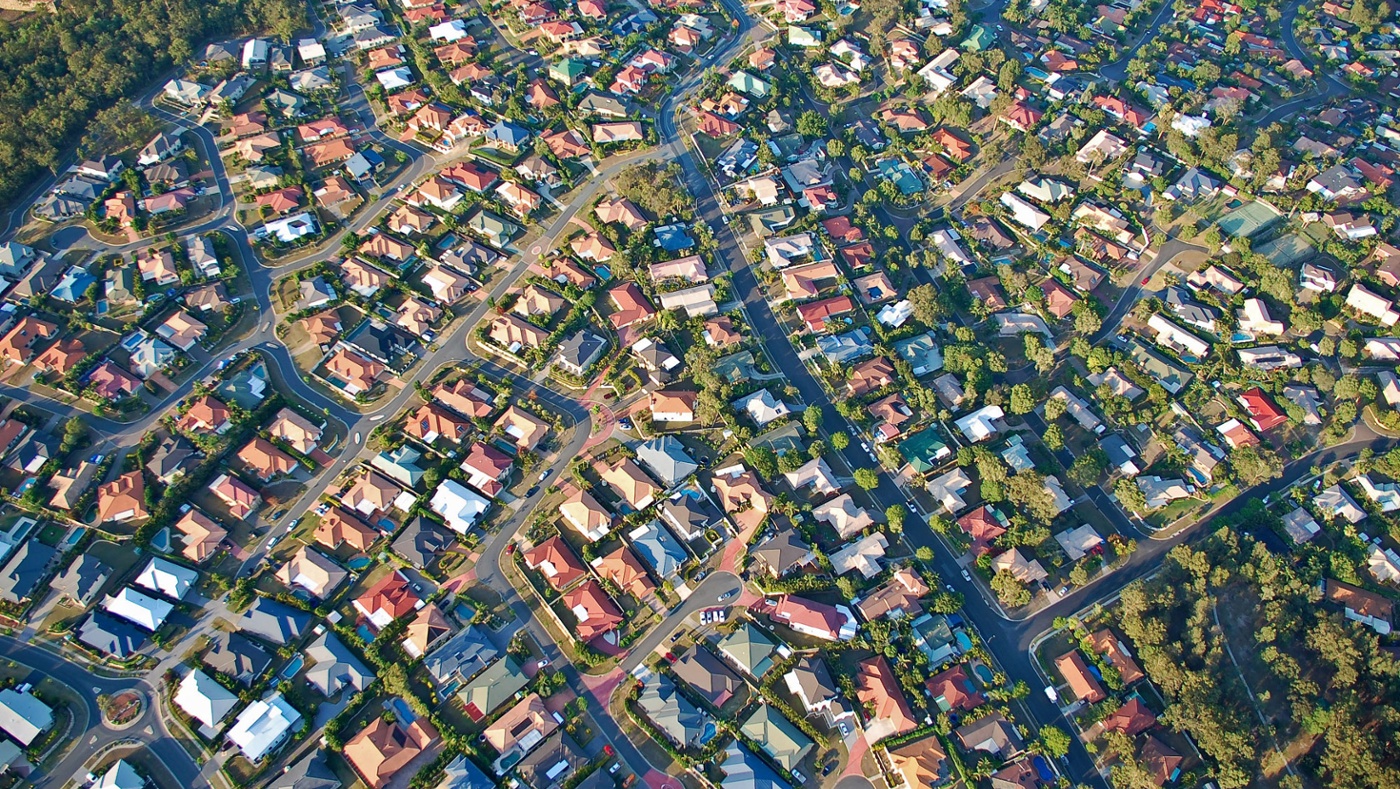
NSW Low and Mid-Rise Housing Reforms
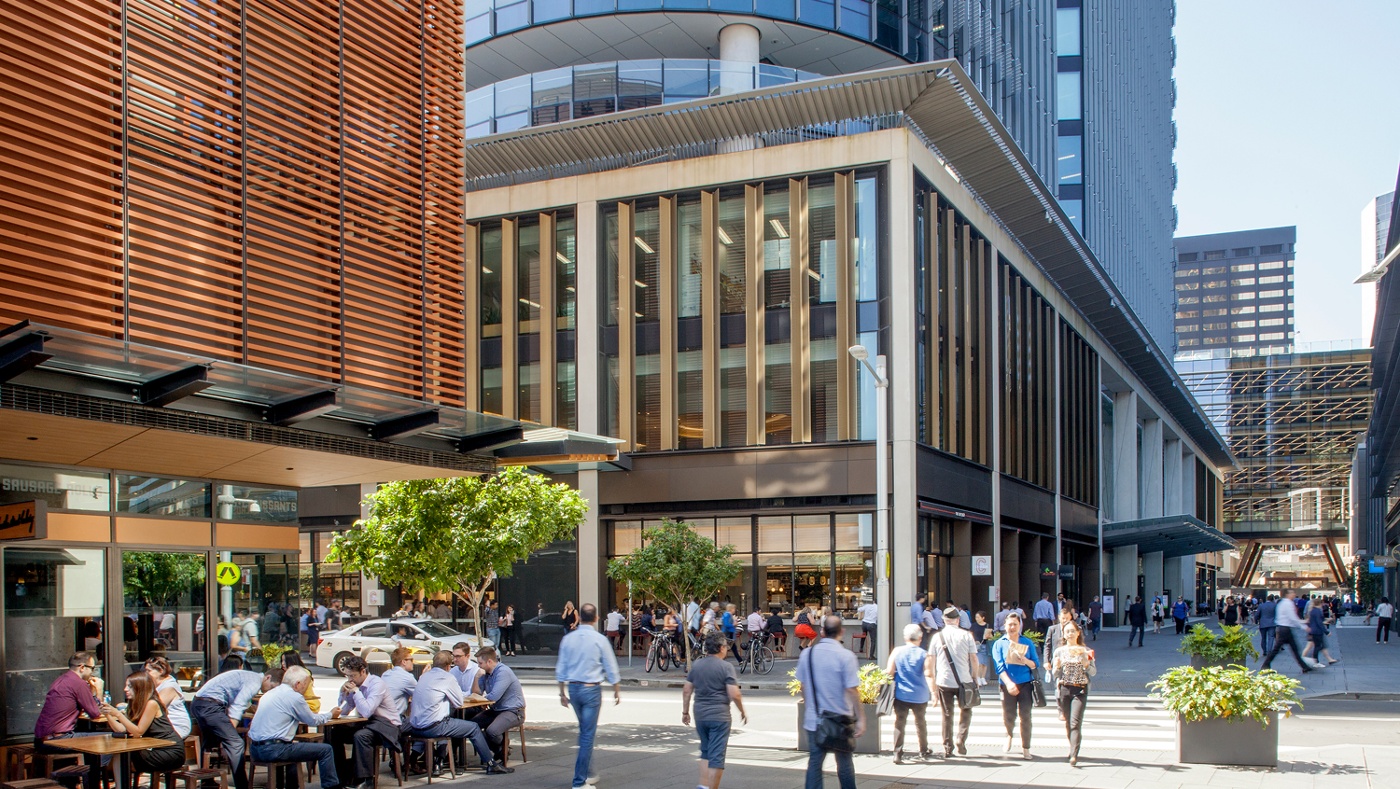
Ethos Urban to join Colliers
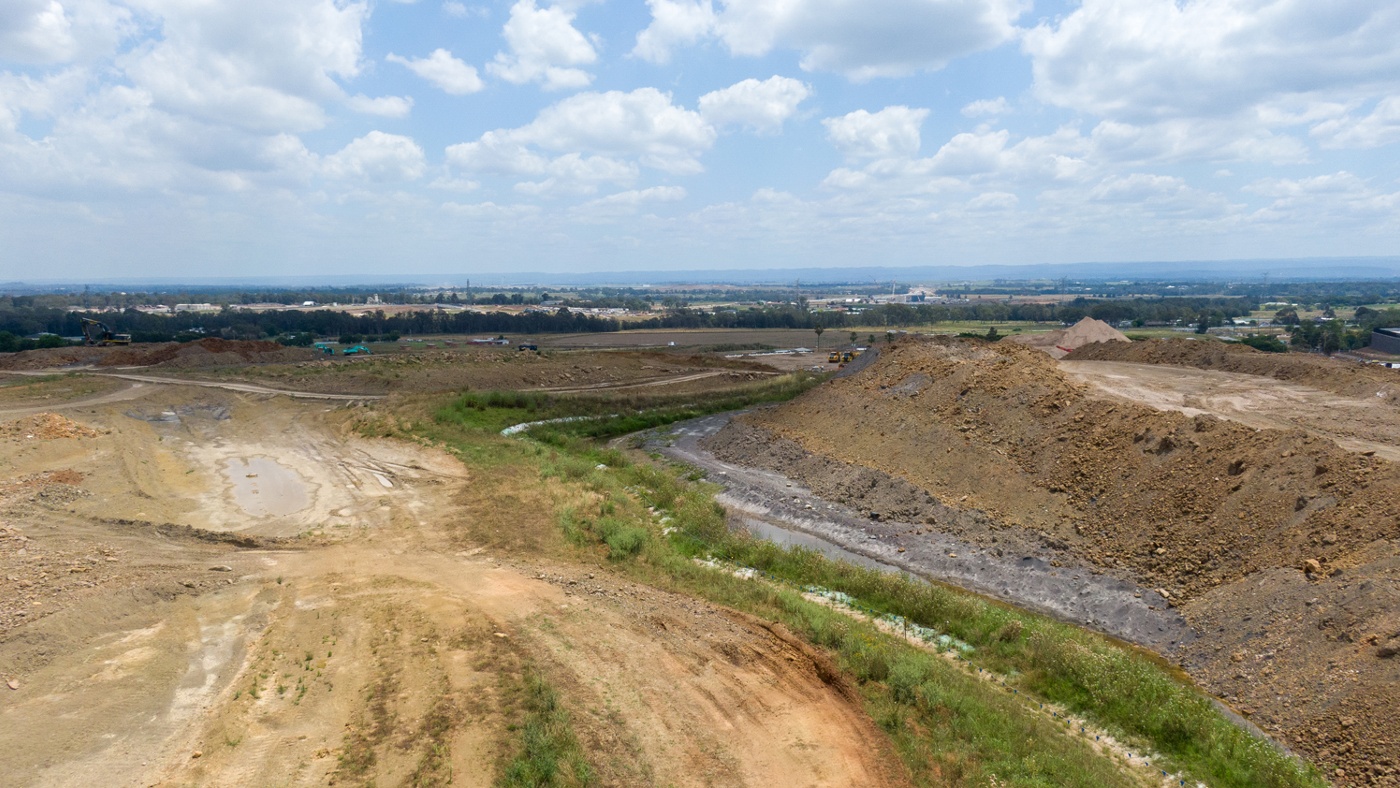
NSW Government Releases Industrial Lands Action Plan



